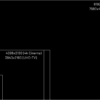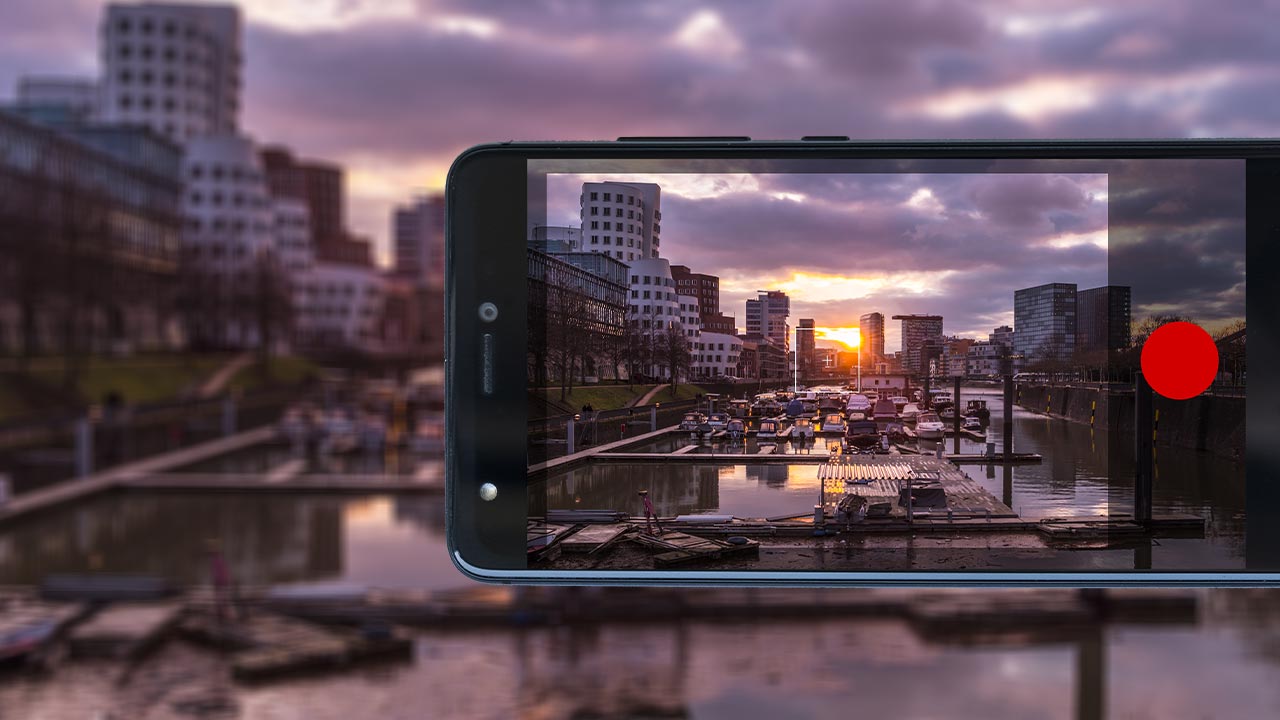No products in the cart.
Return To ShopFollow these simple steps to create a fireworks composition that can be overlayed any suitable (night) footage to blend your fireworks composition seamlessly with transparency into that footage.
How to apply black footage on your backdrop video
The idea is simple: Every black pixel will be transparent, semi-black pixels will be semi-tranparent. Only lights will be added to your underlying footage.
First of all create two identical compositions that match your source files regarding frame size, frame-rate, length and field order. For modern devices choose progressive field order. That is equal to full frames. The ‘p’ in ‘1080p’ stands for ‘progressive’. The ‘i’ in ‘1080i’ stands for ‘interlaced’. One composition is for your fireworks videos the other one will contain your backdrop video and the fireworks composition.
Load all 12 video files of your FWCK XXL Edition in your fireworks composition. Set the blend mode of each layer to ‘lighten’. Select all layers with your mouse or by pressing ‘CTRL/CMD + A’ and set the blending mode to ‘lighten’. Arrange them in time and/or activate/deactivate/duplicate single layers at will.
Open the second composition and place the fireworks arrangement in there. Add a suitable background video. Set the fireworks composition’s second layer (asterisk, sun/star symbol) switch to ‘collapse transformations’. This will apply all transformations and attributes in the nested composition to the parent (nesting) composition.
Hit ‘STRG/CMD+M’ to add your final composition to the render queue. Set an appropriate output format, choose a file location and hit render.
The result
Free Download
Download this After Effects file here free of charge. Do with it whatever you want. It’s just a quick sample how to set this scene up with a nested composition and the right blend modes. You just have to link the referenced media files to the folder where you store them on your device. Have fun!
Side note: Interlaced and progressive video encoding
Interlaced encoded video files were produced for broadcasting over analogue cables and antennas. As the bandwidth has not been high enough to get one frame sent in the whole, each frame was split into two parts. One containing all the odd lines, the other containing all the even lines. Depending of the video creating and receiving technology all the odd lines could have been sent first (upper first) or all the even lines (lower first). But this is video history in the digital age. You should know that if you once get some old archive footage encoded interlaced with upper or lower frame first to reconstruct the progressive frame and render it this way for digital broadcasting, modern displays or the internet.

Did this article help you to create nicely blended black footage fireworks videos? Do you have any additional tips? Just write a comment to help us and other readers improve their video skills.










Add comment